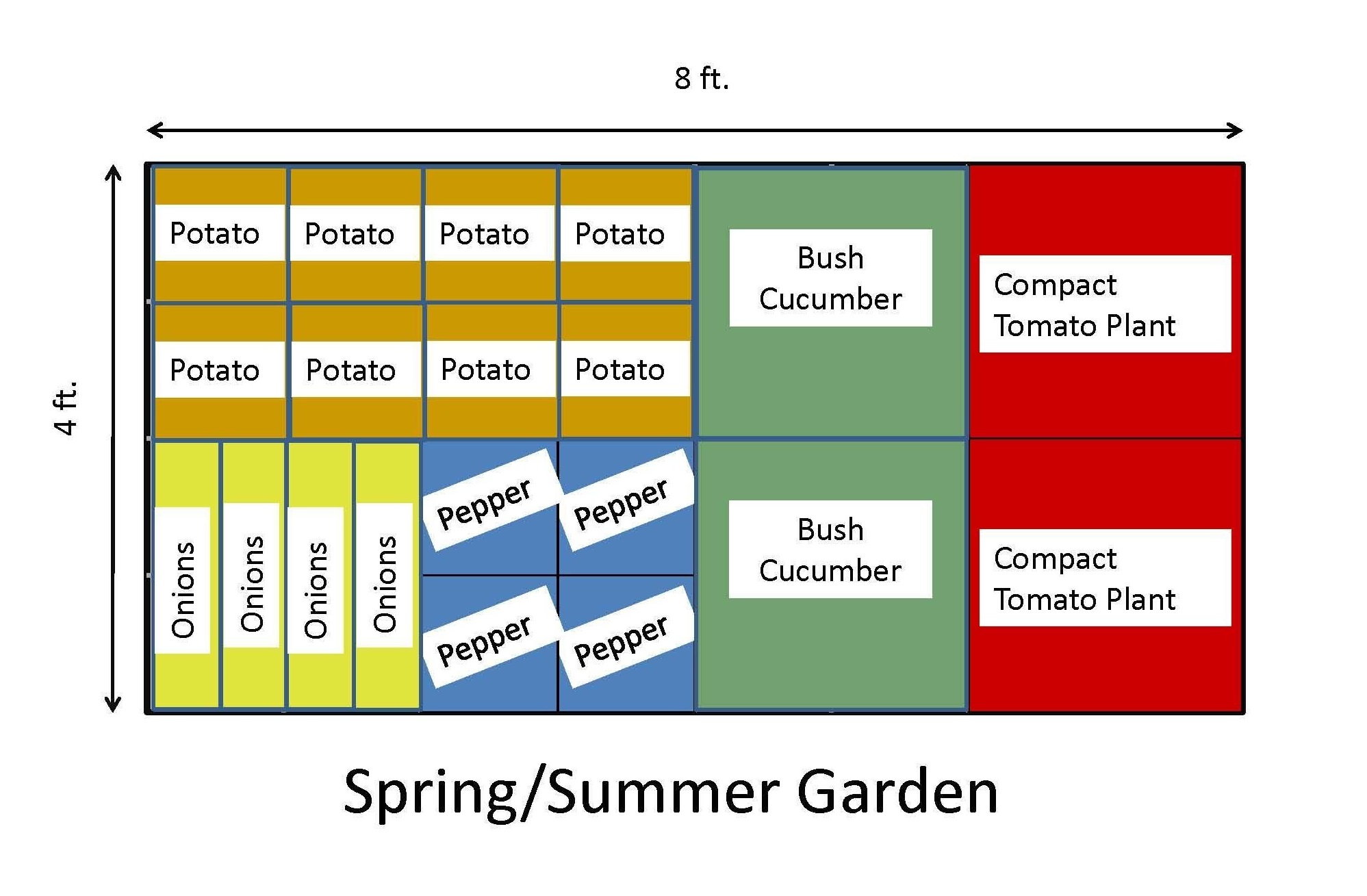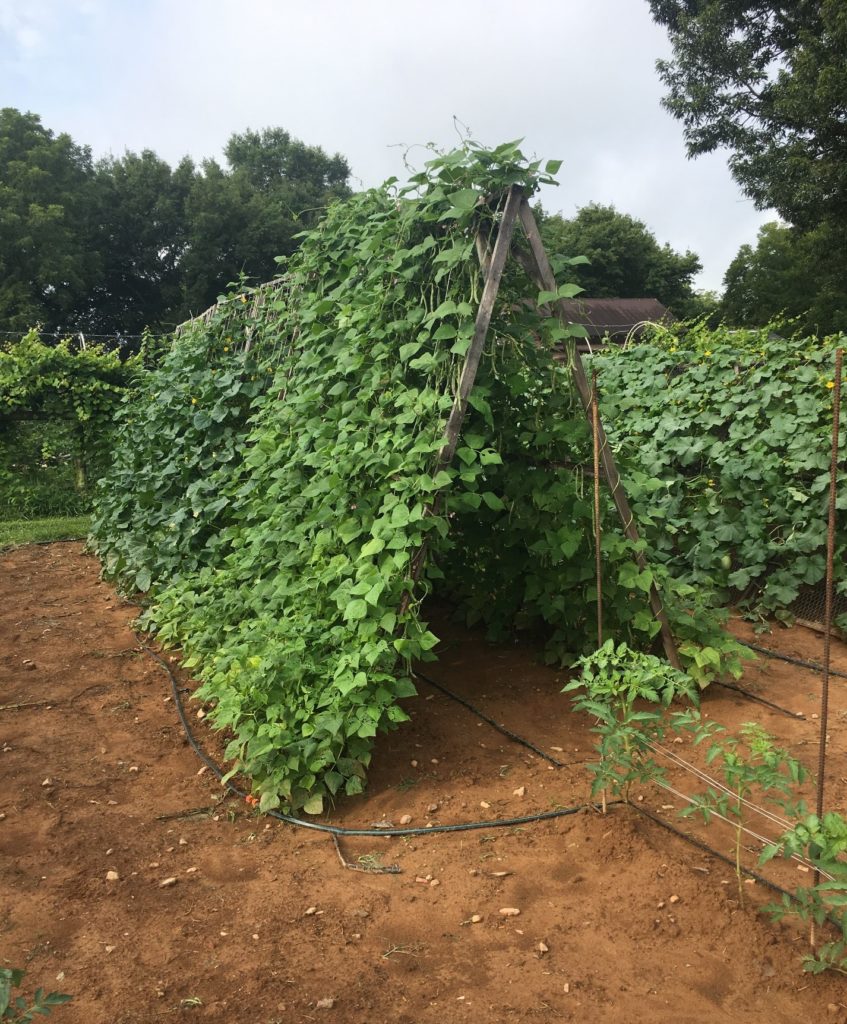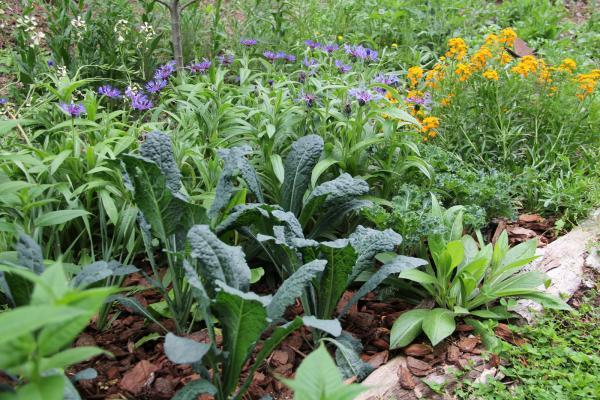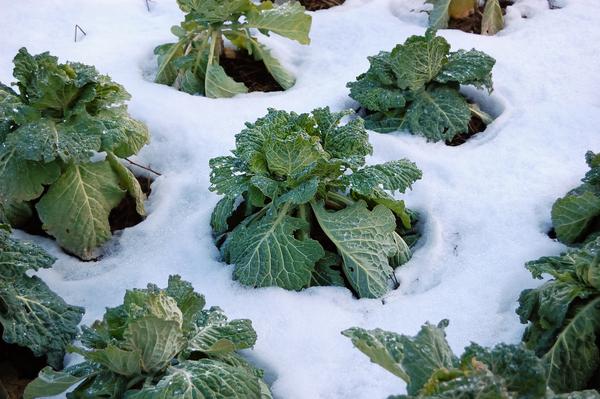Garden Beginnings – Planning for Success
go.ncsu.edu/readext?639833
en Español / em Português
El inglés es el idioma de control de esta página. En la medida en que haya algún conflicto entre la traducción al inglés y la traducción, el inglés prevalece.
Al hacer clic en el enlace de traducción se activa un servicio de traducción gratuito para convertir la página al español. Al igual que con cualquier traducción por Internet, la conversión no es sensible al contexto y puede que no traduzca el texto en su significado original. NC State Extension no garantiza la exactitud del texto traducido. Por favor, tenga en cuenta que algunas aplicaciones y/o servicios pueden no funcionar como se espera cuando se traducen.
Português
Inglês é o idioma de controle desta página. Na medida que haja algum conflito entre o texto original em Inglês e a tradução, o Inglês prevalece.
Ao clicar no link de tradução, um serviço gratuito de tradução será ativado para converter a página para o Português. Como em qualquer tradução pela internet, a conversão não é sensivel ao contexto e pode não ocorrer a tradução para o significado orginal. O serviço de Extensão da Carolina do Norte (NC State Extension) não garante a exatidão do texto traduzido. Por favor, observe que algumas funções ou serviços podem não funcionar como esperado após a tradução.
English
English is the controlling language of this page. To the extent there is any conflict between the English text and the translation, English controls.
Clicking on the translation link activates a free translation service to convert the page to Spanish. As with any Internet translation, the conversion is not context-sensitive and may not translate the text to its original meaning. NC State Extension does not guarantee the accuracy of the translated text. Please note that some applications and/or services may not function as expected when translated.
Collapse ▲Is the winter chill and rain keeping you out of the garden? Got dirt-under-your-fingernails withdrawal? From gardener to gardener, here’s a secret to kicking those indoor blues – plan your garden for next year! Planning involves selecting a site, choosing varieties, laying outcrop arrangement and determining when to plant.
Reasons to plan
By taking the time to carefully plan your garden, you can prevent frost injury, provide disease control, and help plants withstand weather extremes like drought, flood, & wind. Planting at the correct time for each crop contributes to strong, resilient plants that are more resistant to disease. Sometimes you can reduce pest damage by knowing when a certain insect feeds and planting to avoid this window. For example, planting beans early or late can limit Mexican bean beetle damage which peaks in July.
Site Selection
Location, location, location – it is the foundation of a productive garden. Here are some tips for selecting the best garden site.
● Sunlight is the most important factor. Most vegetable crops require at least 6 hours of direct sun, 8-10 hours is ideal. Avoid planting near buildings and trees in order to limit shade and competing roots.
Note: plants with edible leaves (collards, cabbage, lettuce) and roots (turnips, radishes, carrots) can tolerate more shade than plants that flower and set fruit (tomatoes, melons, peppers).
● Soil drainage is key. Healthy roots need oxygen as well as water, and good soil drainage prevents waterlogging and root rots. Finding a well-drained site can be challenging with our heavy, clay soils. Look at your yard after rain and avoid areas where water pools. Amending the soil with compost can improve soil drainage. Raised beds are a great alternative if drainage issues are severe.
● Avoid low-lying areas which trap cold air and increase the risk of late frost injury. These areas are slower to warm in spring which can delay germination and seedling establishment.
● Choose a convenient location that is easy to access and close to your water source. This will make it easier to keep an eye on your plants and spot diseases and pests.
● A location that gets morning sun is ideal. Early sun exposure dries plant leaves which reduces foliar disease and frost damage, and extends the growing season.

Figure 1. Example garden diagram (Kansas State Research and Extension, Extension Master Gardener’s demo garden).
Garden Design
Once you have a site chosen, the next steps are selecting crops and laying out crop arrangement. Order a seed catalog, grab a pair of scissors or marker, and pick out crops that you and your family ENJOY that also grow well in your area. People often grow vegetables that taste noticeably better when eaten soon after they are picked; sweet corn is an excellent example because its sugar quickly converts to starch.
Next create a garden diagram. Many templates are available online. It’s fun to create and customize your own. Here’s how:
1. Select a sheet of graph paper.
2. Draw an arrow that pointing north.
3. Mark water and composting bins.
4. Use a ruler to draw planting beds and walkways.
5. Mark the area for each veggie type using different colors.
Note: find spacing requirements in the Central N.C. Planting Calendar.*
Plant rows north to south to maximize sunlight. Grow tall or trellised crops on the North side to avoid shading shorter crops. Don’t forget to leave walkways that allow enough space for you to easily weed and harvest (3-4 ft wide beds and 1-2 ft wide rows are common).

Figure 2. “Vertical gardening” by trellising pole beans on a wooden frame (Everette Hartzog, Yadkinville, 2019).
Planting time
The Central N.C. Planting Calendar* lists the proper time for seeding and transplanting different crops in our region. Consider making successive plantings versus a one-time planting so you can extend the harvest and not have more than you can use at one time. Make 2-3 plantings of leaf lettuce and radishes 7 to 10 days apart. Carrots, beets, and cabbage can be planted in early spring for a summer crop and in late summer for a fall crop. Several plantings of sweet corn, squash and snap beans can provide a fresh supply throughout the summer. If possible rotate crops every year to prevent overwintering soil diseases. A three-year rotation with an unrelated crop is ideal.
To maximize space in small gardens, plant later crops where early-harvested crops were grown. You can also intensify production by interplanting early crops such as spinach and green onions between rows of long season crops such as tomatoes and peppers. Refer to the planting calendar* to time these plantings. Utilize vertical space by growing vining crops like cucumbers, beans, and melons on supports such as trellises, frames, or poles.
Be creative! You can interplant vegetables in flower beds to add diversity and a whimsical element to your home landscape. Don’t start too large – a small, well-tended garden can be just as productive as a large space that grows up in weeds because it is too much to manage. Once you break ground, it is easy to expand if you discover you have time and energy to maintain a larger garden. With these tips in mind, you can maximize your space and enjoy a fruitful season of continuous harvest.

Figure 3. Edibles do not need to be relegated to vegetable gardens. This dinosaur kale is right at home in this perennial bed (North Carolina Extension Gardener Handbook, 2018).
* See factsheet below.





